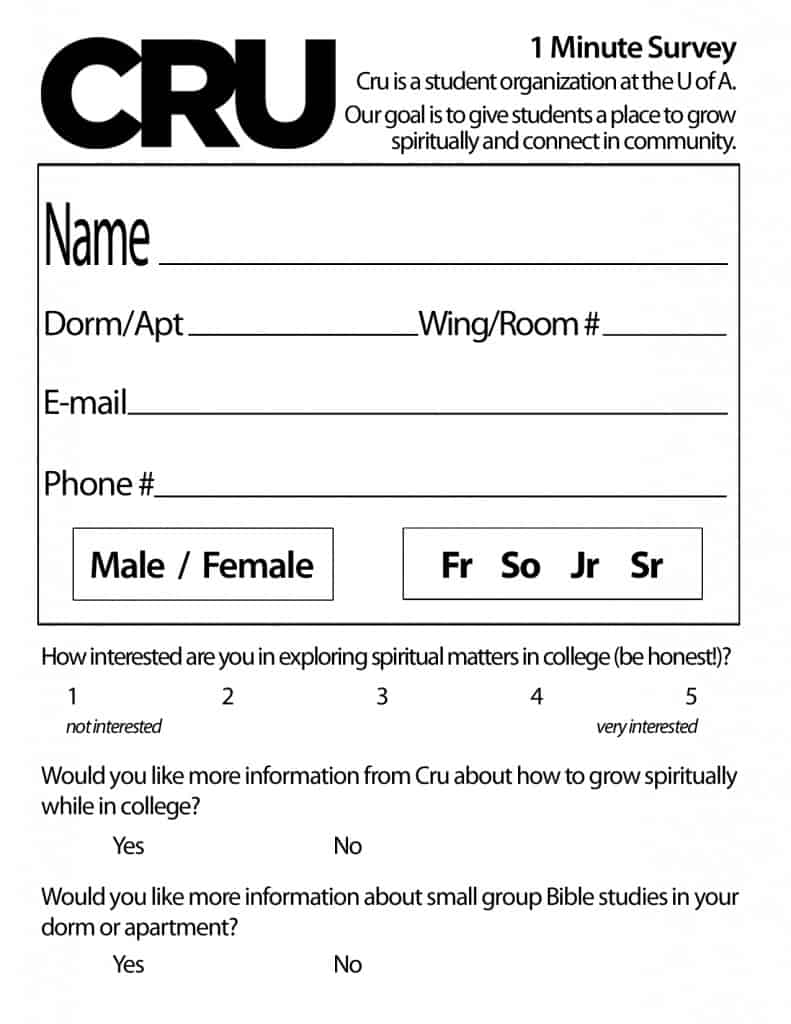 I often get asked the question — if most of what you do is focus on freshmen do upperclassmen feel neglected?
I often get asked the question — if most of what you do is focus on freshmen do upperclassmen feel neglected?
The answer is sometimes “yes” but it should always be “no”.
Yes, we have upperclassmen lament that they feel overlooked. And sometimes they are right. One of our goals this fall is to really invest in our upperclassmen Bible Studies because we DO feel like we have neglected those.
But here’s the thing: in reaching freshmen, we ARE developing upperclassmen in the most strategic way possible. Upperclassmen are getting an opportunity to lead and be developed and be stretched in ways that will pay dividends for decades to come.
What’s missing? Clear communication.
We need to help upperclassmen see that their primary need is not for “me-time” where we exclusively focus on them (see When Can Discipleship Actually Be a Bad Thing). They need to be pushed out of the nest to focus on others and be trained as a laborer for Christ.
Upperclassmen do need personal attention focused on their walks with God (first and foremost). But they also need help in becoming an adult which = the glad assumption of responsibility. And they need to take responsibility for the greatest need in the world — bringing the good news of Christ to the ends of the earth.
For us, that means communicating over and over to upperclassmen how they are benefiting from this indispensable training they are getting. Even though it may FEEL like you’re not the primary focus, in reaching others YOU are being developed.
The biggest “win” in our focus on reaching freshmen is probably that hundreds of upperclassmen are getting to taste the life-changing experience of being used by God to change another person’s life.
By reaching freshmen we are training up a new generation of laborers. And we want those freshmen being reached to turn the corner as quickly as possible: from being reached to reaching.




